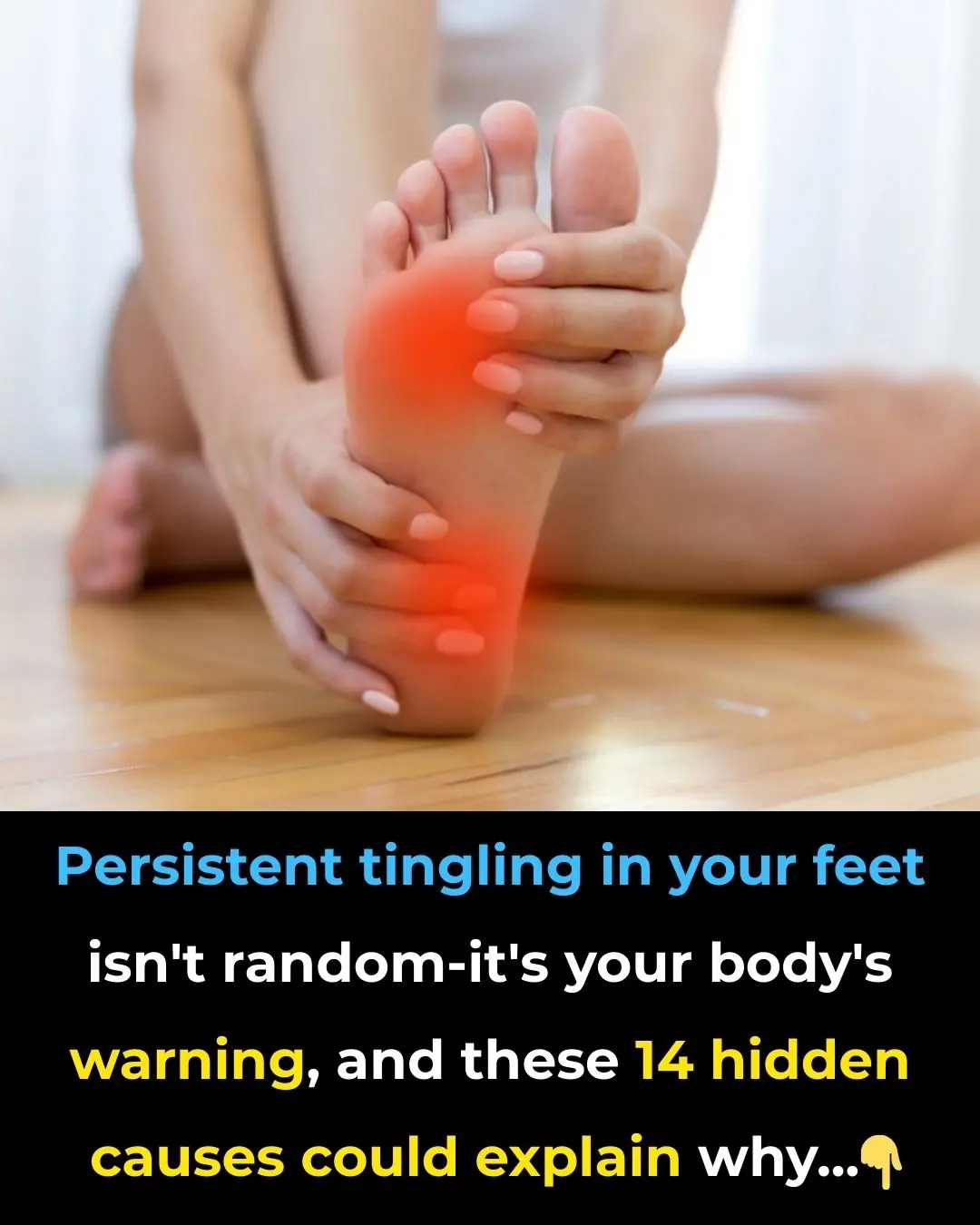
5 Blood Clot Facts Doctors Want You to Know
🩸 5 Essential Facts About Blood Clots Doctors Want You to Know — Plus More Tips to Stay Safe
Blood clots can be life-threatening, especially when they form in deep veins or travel to the lungs. Known medically as venous thromboembolism (VTE), these clots are more common than many people realize—and often misunderstood. Whether you're recovering from surgery, traveling long distances, or simply living with certain risk factors, knowing the signs and prevention strategies can save your life.
Here are five key facts about blood clots, plus expanded insights to help you protect yourself and your loved ones.
⚠️ 1. Blood Clots Can Be Deadly — But Also Preventable
Blood clots that form in deep veins (deep vein thrombosis or DVT) can break loose and travel to the lungs, causing a pulmonary embolism (PE). This can block blood flow and lead to sudden death if untreated.
Expanded Insight: Hospitalization, immobility, cancer, and certain medications (like birth control pills) increase your risk. But simple actions—like walking regularly, staying hydrated, and wearing compression socks—can dramatically reduce your chances.
🦵 2. Symptoms Can Be Subtle or Misleading
Common signs of DVT include swelling, pain, warmth, and redness in one leg. PE symptoms may include shortness of breath, chest pain, and coughing up blood. However, some people experience only mild discomfort or no symptoms at all.
Extra Tip: If you notice unexplained leg pain or breathing issues, don’t wait—seek medical attention immediately. Early diagnosis is key.
🧬 3. Genetics Play a Role
Some people inherit conditions like Factor V Leiden or prothrombin gene mutation, which make them more prone to clotting. If you have a family history of blood clots, talk to your doctor about screening and preventive strategies.
Expanded Insight: Genetic testing and personalized treatment plans can help manage risk. In some cases, long-term anticoagulant therapy may be recommended.
🛌 4. Hospitalization Is a Major Risk Factor
Being bedridden or recovering from surgery slows blood flow, increasing the chance of clot formation. That’s why hospitals often administer blood thinners or encourage early movement after procedures.
Extra Tip: If you're hospitalized, ask your care team about your clot risk and what preventive measures are in place. Advocate for yourself—especially if you have other risk factors.
✈️ 5. Travel Can Trigger Clots Too
Long flights or car rides can lead to prolonged sitting, which reduces circulation in the legs. This can cause clots to form, especially in people with underlying conditions.
Expanded Insight: On trips longer than four hours, stand up and stretch every hour, flex your calves, and drink plenty of water. Avoid alcohol and tight clothing that restricts blood flow.
🧠 Bonus Tips to Stay Ahead of Blood Clot Risks
-
Know your medications: Hormonal therapies, cancer treatments, and steroids can increase clot risk.
-
Stay active: Regular exercise improves circulation and reduces inflammation.
-
Watch your weight: Obesity is a major contributor to clot formation.
-
Quit smoking: Smoking damages blood vessels and increases clotting tendencies.
-
Monitor hormone levels: Women using birth control or hormone replacement therapy should discuss clot risks with their doctor.
Final Thoughts
Blood clots are serious—but with awareness and proactive care, they’re often preventable. Whether you're at high risk or simply want to stay informed, understanding the signs and taking action can make all the difference.
News in the same category


Dogs Able to Sniff Out Parkinson’s Before Symptoms Appear

14 hidden causes of tingling feet (and what to do)

At last — how to detox the brain naturally

8 Foods That Help Lower Your Cholesterol

6 Harmful Foods That Weaken Calcium Levels

How to Use Castor Oil to Regrow Eyelashes and Eyebrows

Scientifically Proven Health Benefits of Avocado and Avocado Seeds

Experts Say They’ve Pinpointed the Cause of Autism—And It Could Lead to New Treatments

Scientists Say Cancer Can Now Be Detected Years in Advance with Simple Blood Test

Final straw that led to billionaire CEO's desperate escape from Japan inside 3ft box

10 Early Warning Signs Your Blood Sugar Is Way Too High

If Your Legs Cramp at Night You Need to Know This Immediately

Warning Signs Your Body Is Full of Parasites and How to Effectively Eliminate Them Naturally

Warning Signs of a Parasite Infection And How to Eliminate It for Good

What Raw Garlic Can Do for Your Health Is Truly Unbelievable

Diabetes Tied to Slower Brain Recovery After TBI

Neuropathic Pruritus Has High Comorbidity Burden, Varied Treatment Responses
News Post

Eating More Cruciferous Vegetables May Cut Colon Cancer Risk

Dogs Able to Sniff Out Parkinson’s Before Symptoms Appear

14 hidden causes of tingling feet (and what to do)

At last — how to detox the brain naturally

8 Foods That Help Lower Your Cholesterol

6 Harmful Foods That Weaken Calcium Levels

8 Common Reasons For Waking Up at Night

How to Use Castor Oil to Regrow Eyelashes and Eyebrows

Scientifically Proven Health Benefits of Avocado and Avocado Seeds

Experts Say They’ve Pinpointed the Cause of Autism—And It Could Lead to New Treatments

Scientists Say Cancer Can Now Be Detected Years in Advance with Simple Blood Test

You Can Adopt Puppies That Were ‘Too Friendly’ to Become Police Dogs

A Nigerian Scientist Developed a High-Tech Cancer-Detecting Goggles That Help Surgeons Spot Cancer Cells More Accurately.

Final straw that led to billionaire CEO's desperate escape from Japan inside 3ft box

Mutant deer with horrifying tumor-like bubbles showing signs of widespread disease spotted in US states

'Frankenstein' creature that hasn't had s3x in 80,000,000 years in almost completely indestructible

Scientists discover ultra-massive 'blob' in space with a mass of 36,000,000,000 suns

When a Washing Machine Shows 7kg, 8kg, or 10kg, Is That the Weight of Dry or Wet Clothes? The Real Meaning Behind These Numbers Is Something That Few People Know
